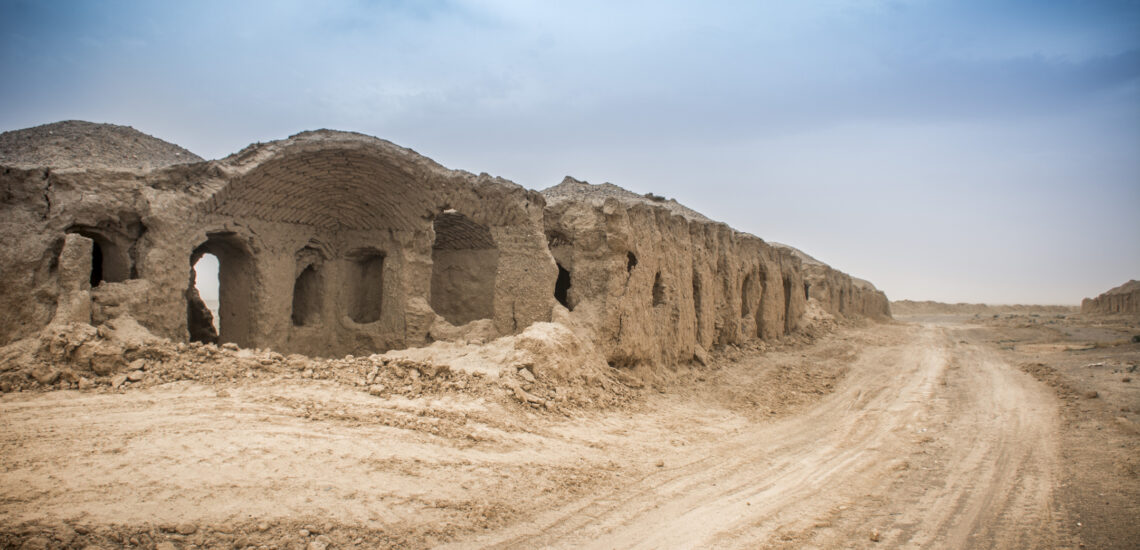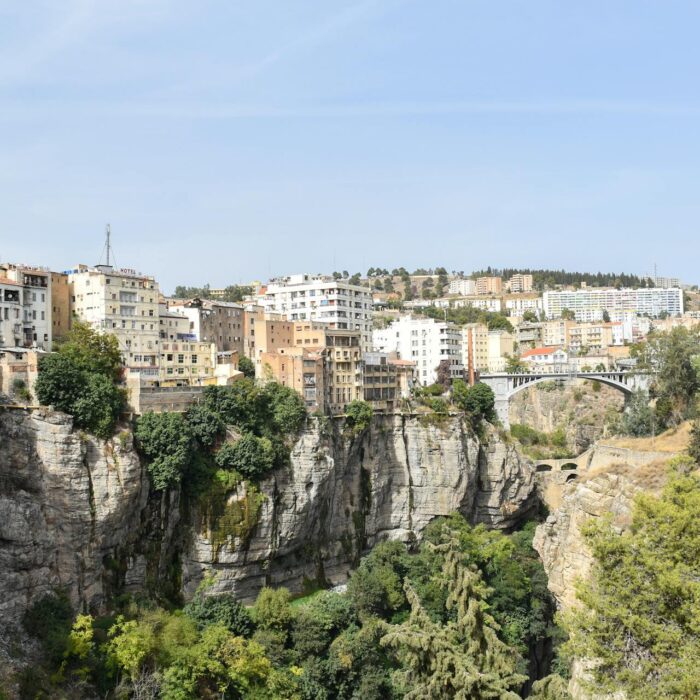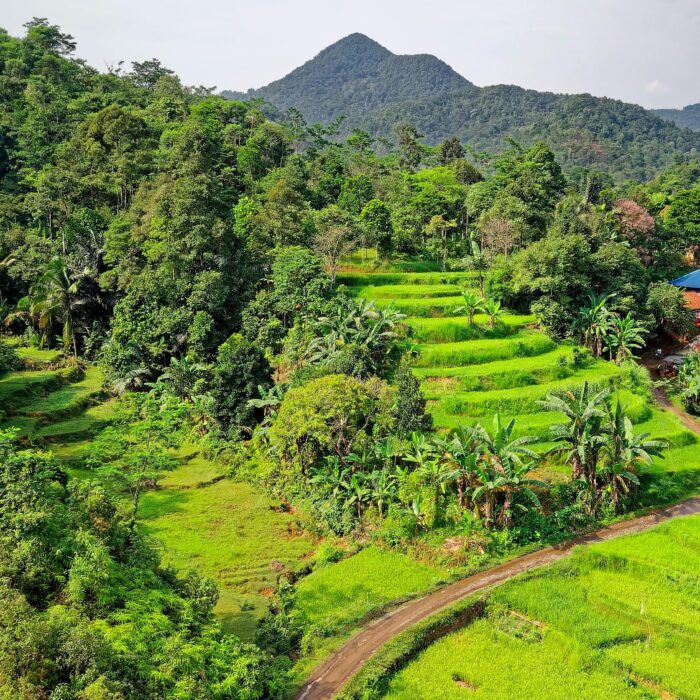Quick facts about Iran:
- Population: Approximately 83 million people.
- Capital: Tehran.
- Area: Around 1,648,195 square kilometers.
- Currency: Iranian Rial (IRR).
- Official Language: Persian.
- Geography: Situated in Western Asia, Iran is characterized by diverse landscapes, including mountains, deserts, and coastlines along the Caspian Sea and the Persian Gulf.
Fact 1: Almost half of Iran’s territory is desert territory
Nearly half of Iran’s vast territory is comprised of arid and semi-arid regions, primarily desert landscapes. These deserts, including the Dasht-e Kavir (Great Salt Desert) and the Dasht-e Lut, contribute to Iran’s diverse geography. While the country features mountain ranges, fertile valleys, and coastal areas, its expansive desert territories significantly shape Iran’s climate and environmental conditions.

Fact 2: The power in the country belongs to the clergy
Iran is an Islamic Republic, and the country’s political structure is influenced by the clergy. The Islamic Revolution of 1979 led to the establishment of an Islamic government in Iran, with Ayatollah Ruhollah Khomeini as its leader. The constitution of the Islamic Republic of Iran reflects a blend of Islamic principles and a republic form of governance.
The Supreme Leader, who is a high-ranking cleric, holds significant political power and authority. The legal system is based on Islamic law or Sharia law, impacting various aspects of life, including family matters, criminal justice, and social conduct. The clerical influence is evident in key institutions such as the Guardian Council, which ensures legislation aligns with Islamic principles.
It’s essential to note that interpretations and implementations of Sharia law can vary, and Iran’s legal system has evolved since the revolution. The influence of the clergy remains a prominent feature of Iran’s political and legal landscape.
Fact 3: Iran is a country with a very rich history
Iran boasts a wealth of cultural and historical treasures, evident in the numerous UNESCO World Heritage Sites within its borders. These sites represent the depth of Iran’s historical contributions to art, architecture, and civilization.
Here are a few UNESCO World Heritage Sites in Iran along with brief descriptions:
- Persepolis (1979): Persepolis, located near Shiraz, was the ceremonial capital of the Achaemenid Empire. The site showcases impressive ruins of palaces, gates, and reliefs, providing insights into ancient Persian art and architecture.
- Naqsh-e Jahan Square, Isfahan (1979): Naqsh-e Jahan Square, also known as Imam Square, is a magnificent square in Isfahan surrounded by historical buildings, including the Shah Mosque, Sheikh Lotfollah Mosque, Ali Qapu Palace, and the Qeysarie Gate.
- Chogha Zanbil (1979): Chogha Zanbil, an ancient Elamite complex near Susa, is one of the few existing ziggurats globally. Constructed in the 13th century BCE, it reflects the architectural and engineering prowess of the Elamite civilization.
- Takht-e Soleyman (2003): Takht-e Soleyman, an archaeological site in northwestern Iran, features the remains of a Sassanian religious complex built around a volcanic crater. It includes a Zoroastrian fire temple, a palace, and the Anahita temple.
- Pasargadae (2004): Pasargadae, the capital of the Achaemenid Empire under Cyrus the Great, encompasses impressive structures like the Tomb of Cyrus, the Tall-e Takht, and the remains of palaces and gardens.
- Bam and its Cultural Landscape (2004): The cultural landscape of Bam includes the historic city of Bam, known for its ancient citadel and mudbrick structures. The site represents an outstanding example of an Iranian desert town.
Note: If you are planning a trip, check if you need an International Driver’s License in Iran to drive.

Fact 4: The Peugeot 405 and its Iranian equivalent, the Samand, are very popular
The Peugeot 405 and its Iranian equivalent, the Samand, have been popular choices in Iran for an extended period. The Peugeot 405 was initially introduced by the French automaker Peugeot and gained widespread popularity in Iran. Subsequently, Iran Khodro, one of the leading automakers in Iran, produced the Samand as an Iranian alternative.
Both models have been embraced by Iranian consumers, offering practicality and reliability. The Samand, in particular, has become a notable presence on Iranian roads, known for its adaptation to local conditions and preferences. The popularity of these models reflects their affordability, durability, and adaptability to the Iranian automotive market.
Fact 5: Iran has many mountains and even ski resorts
Despite the prevalence of vast deserts, Iran boasts numerous mountainous regions, providing suitable conditions for ski resorts. The country’s diverse topography includes several mountain ranges, offering picturesque landscapes and recreational opportunities. Some prominent mountain ranges in Iran include the Alborz, Zagros, and Elburz.
Popular ski resorts in Iran include:
- Dizin Ski Resort: Located in the Alborz mountain range near Tehran, Dizin is one of the largest and most popular ski resorts in Iran. It offers a range of slopes suitable for various skill levels.
- Shemshak Ski Resort: Also situated in the Alborz range, Shemshak is known for its challenging slopes and vibrant apres-ski atmosphere.
- Tochal Ski Resort: Adjacent to Tehran, Tochal provides skiing options, and its gondola lift is one of the longest in the world, offering breathtaking views.
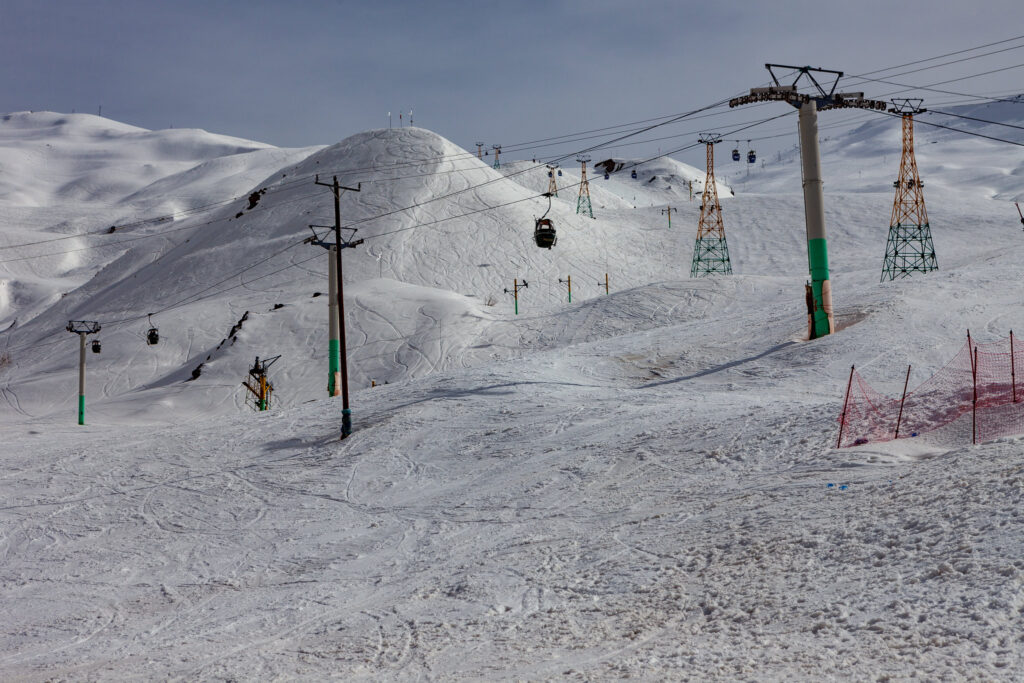
Fact 6: Before 2022, Iran was under the most sanctions
Iran has faced significant economic sanctions imposed by various countries, particularly the United States and the European Union, affecting its international trade and economic activities. These sanctions have impacted various sectors, including finance, energy, and technology.
In response to sanctions and limited access to certain foreign products, Iran has developed domestic alternatives or analogs for various goods and technologies. Iran supports fanatical and terrorist groups around the world. Such as Hamas in Palestine, Hezbollah in Lebanon, and the Hussites in Yemen. Iran is also a major supplier of drones and missiles to Russia in its war with Ukraine.
Fact 7: Before the Arabs conquered Iran, there were fire worshippers here
Before the Arab conquest of Iran in the 7th century, the region was home to Zoroastrianism, one of the world’s oldest known monotheistic religions. Zoroastrian worship often involved the veneration of fire, considering it a symbol of purity and divinity.
Yazd, a city in central Iran, has a long history of Zoroastrian influence. The Atash Behram, or Fire Temple, in Yazd is known for housing one of the oldest continuously burning fires in the world. This sacred fire, known as the “Atash Adaran,” is said to have been burning for several centuries, with estimates suggesting around 700 years. Pilgrims and visitors come to witness this eternal flame, symbolizing the enduring spiritual heritage of the region.
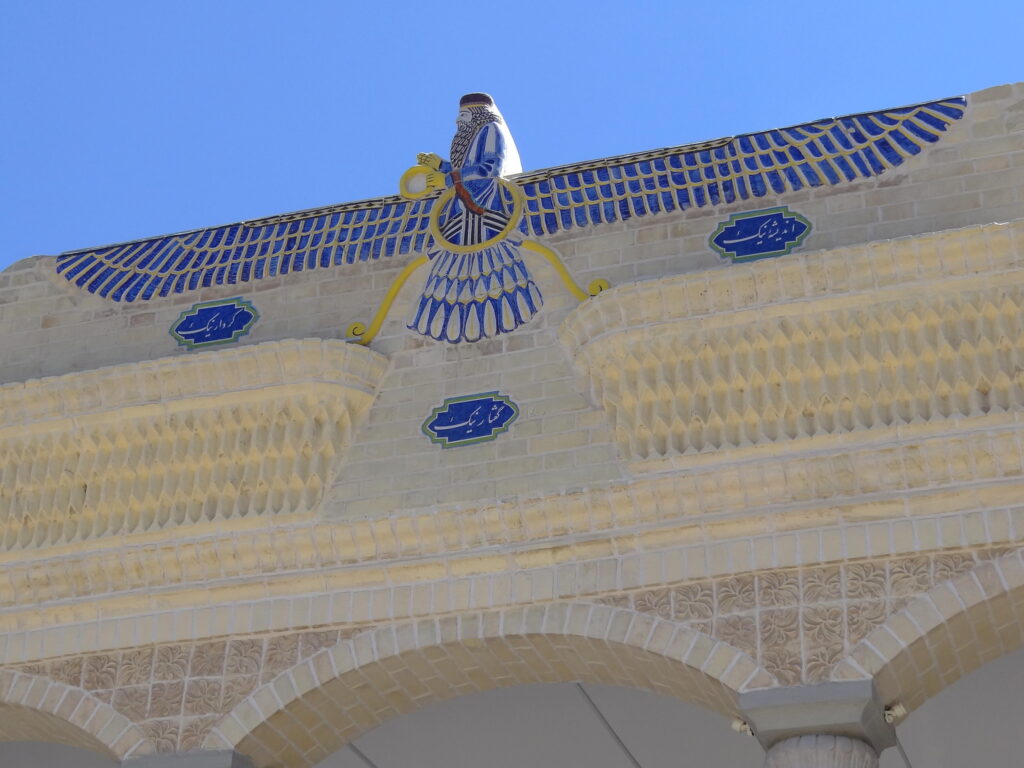
Fact 8: Social networks and websites popular in the world are blocked in the Iran
Iran has implemented internet censorship, and certain social networks and websites that are popular globally may be restricted or blocked within the country. The government of Iran has, at times, imposed restrictions on various online platforms and services for reasons related to cultural, political, or security concerns.
It’s common for popular social media platforms like Facebook, Twitter, and YouTube to face periodic restrictions. However, Iranians often use virtual private networks (VPNs) and other circumvention tools to access blocked content.
Fact 9: The hottest place on earth in Iran
One of the hottest places on Earth is the Lut Desert, also known as Dasht-e Lut, located in southeastern Iran. In 2005, NASA’s Aqua satellite recorded surface temperatures in the Lut Desert as high as 159.3 degrees Fahrenheit (70.7 degrees Celsius), making it one of the hottest places on the planet.
The Lut Desert’s extreme temperatures are attributed to its low elevation, dry conditions, and the nature of its dark-colored soil, which absorbs and retains heat effectively. The unique landscape of the Lut Desert, characterized by vast salt plains and mesmerizing sand formations, has contributed to its recognition as an area with some of the highest ground temperatures ever recorded.
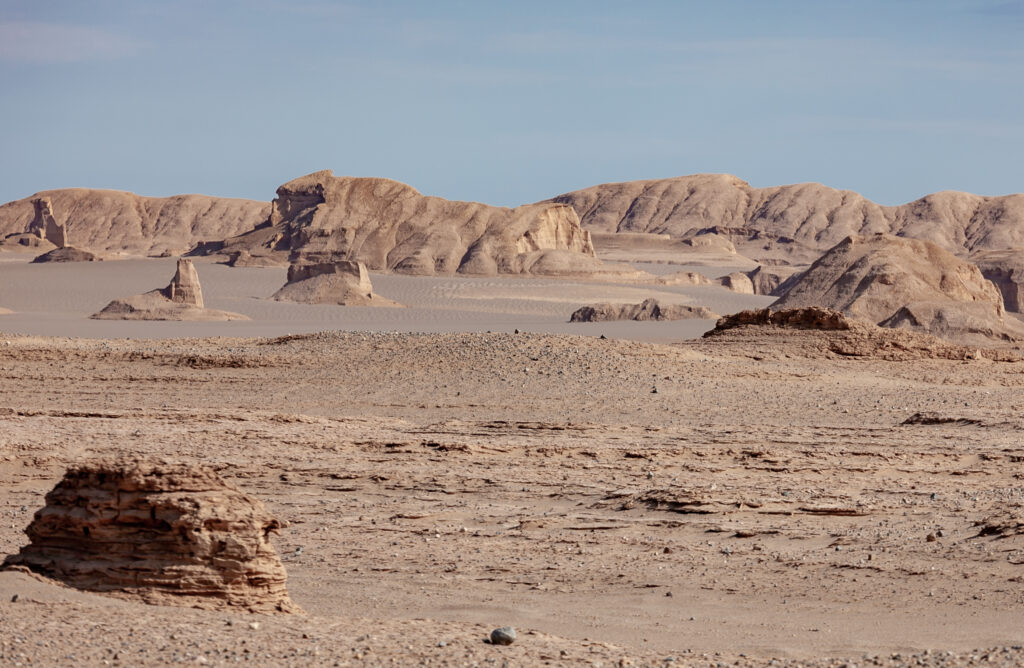
Fact 10: The population in Iran is very young
Iran has a relatively young population, with a significant proportion of its citizens falling into the youth demographic. This youth demographic has implications for various aspects of Iranian society, including education, employment, and cultural dynamics.
The youthful population is often attributed to factors such as high birth rates in previous decades. The government has implemented policies to address the needs and aspirations of the younger generation, recognizing their role in shaping the country’s future.

Published March 10, 2024 • 10m to read

